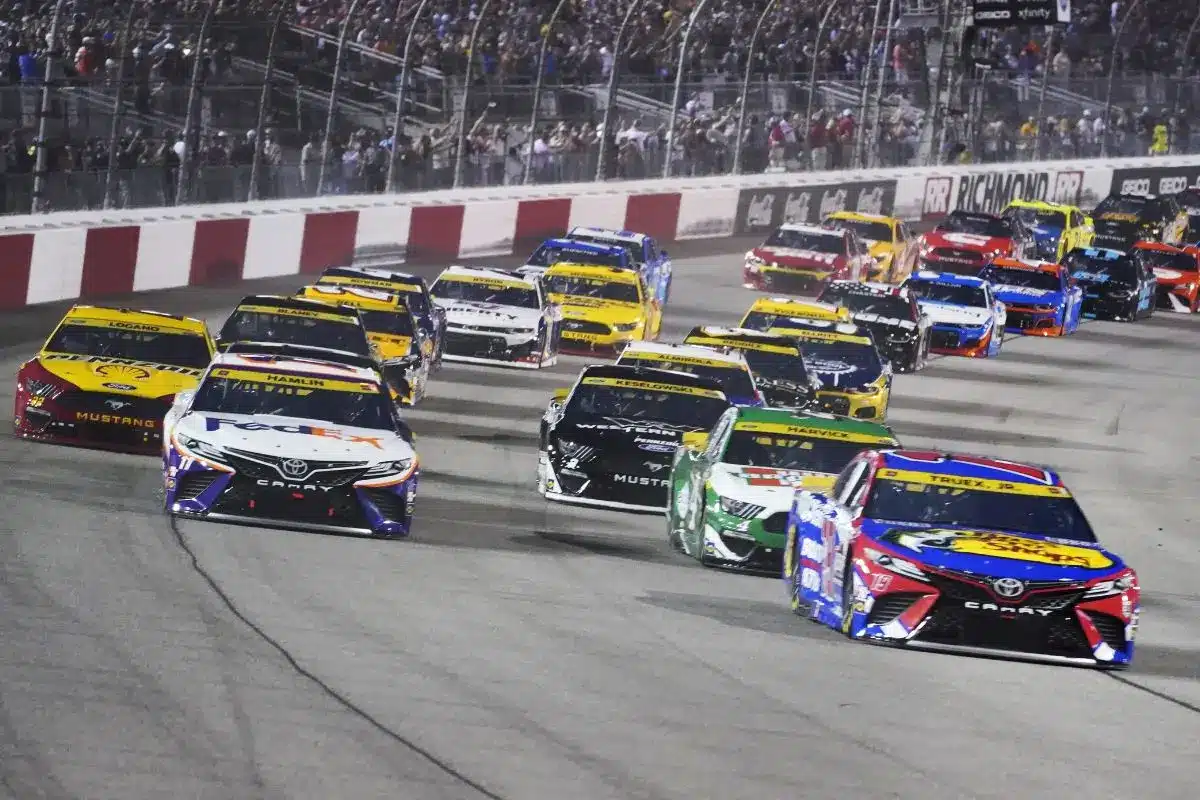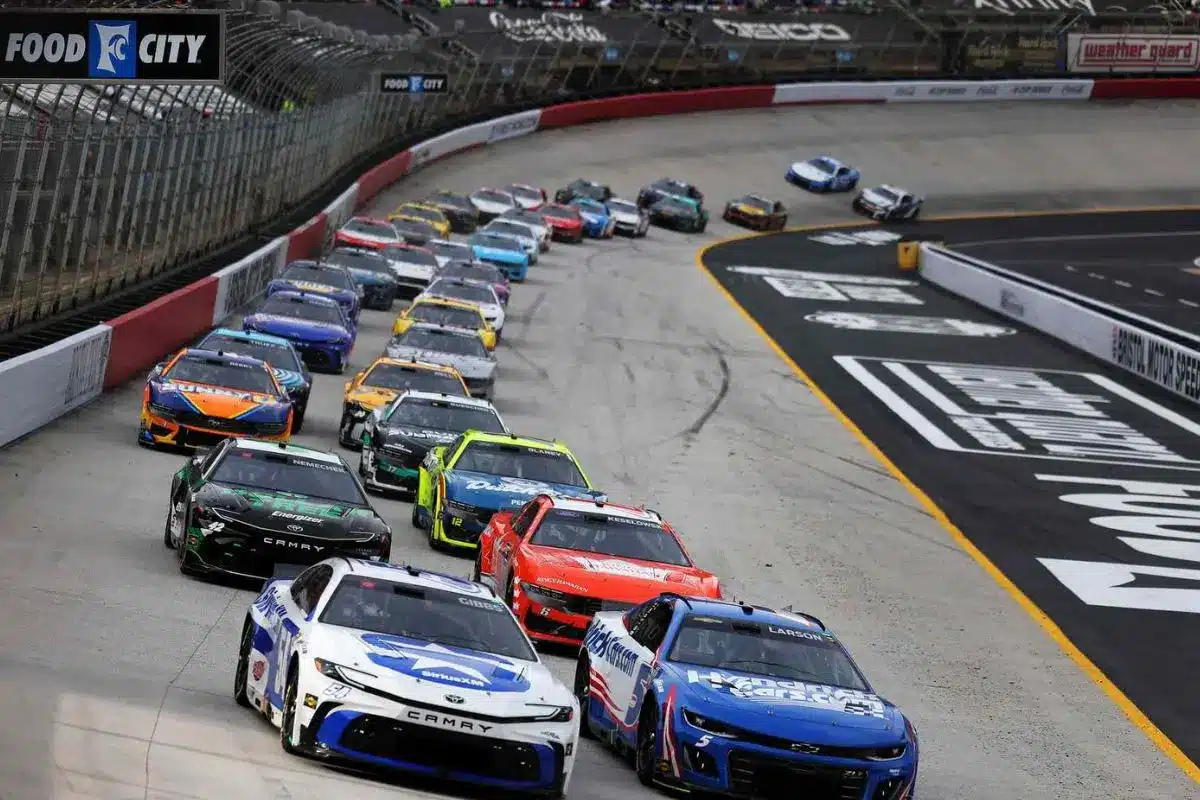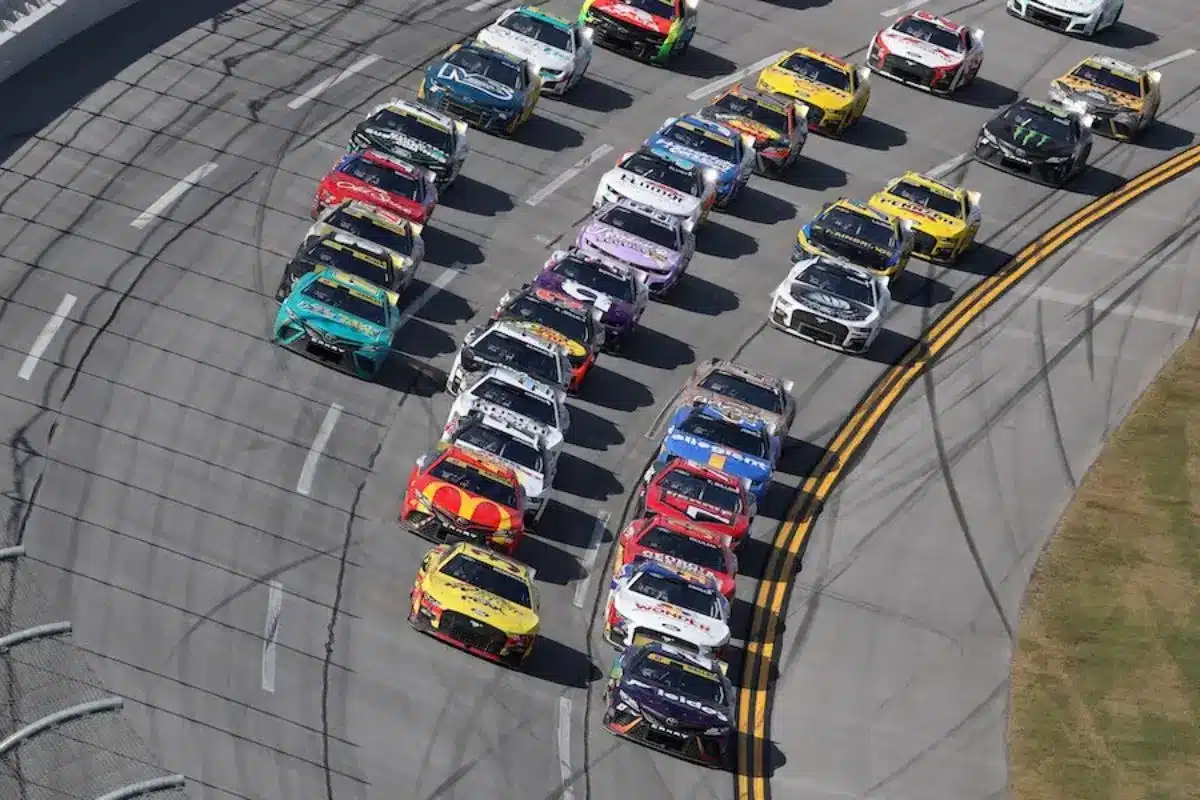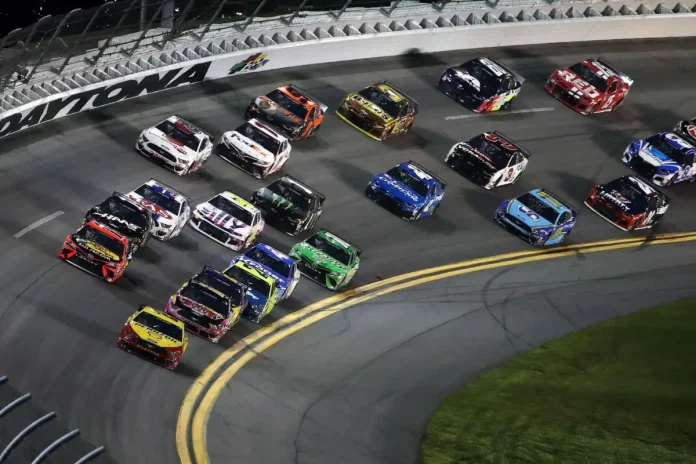Key Takeaways
- The financial investment required for new manufacturers remains a significant barrier, complicating the addition of a fourth Original Equipment Manufacturer in NASCAR.
- Strict regulatory challenges and compliance costs have deterred potential manufacturers from entering the NASCAR landscape.
- NASCAR’s expanding market reach and interest in electric vehicles may attract new manufacturers looking to align with innovative trends.
- The competitive balance among existing Original Equipment Manufacturers creates a level playing field, making it difficult for newcomers to establish dominance.
- Adapting the Cup Series to include SUV racing could entice new manufacturers by aligning with consumer trends and interests.
NASCAR’s OEM Struggles: The Missing Fourth Manufacturer
The quest for a fourth Original Equipment Manufacturer (OEM) in NASCAR has become a complex puzzle, one that has eluded the sport since Dodge’s departure in 2012.
The landscape of OEM partnerships is fraught with challenges, as market dynamics shift and industry trends evolve, making it increasingly difficult to secure commitments from potential entrants. Financial investment remains a noteworthy barrier, as prospective manufacturers weigh the costs against uncertain returns.
Financial investment poses a significant challenge, as potential manufacturers assess costs versus unpredictable returns. Furthermore, existing manufacturers’ long-term dedication raises concerns, complicating the search for new partnerships.
Manufacturer incentives, including competitive advantages, must align with NASCAR’s vision to attract and retain major automotive players. Without a fourth OEM, the sport risks stagnation, hindering its growth potential in an ever-competitive market.

The Paradox of a Level-Playing Field
NASCAR’s competitive landscape has become a captivating paradox, characterized by a remarkable level of parity among its current manufacturers. The 2024 season exemplified this balance, with all three Original Equipment Manufacturers represented in the Championship Four and 18 drivers from 10 teams securing victories.
This competitive parity creates a level playing field that may attract potential manufacturers considering entry into the sport. However, the unpredictability inherent in race strategies and the notable investment risks associated with joining this arena may deter newcomers.
“The closeness with the finishes and the competition amongst the OEMs… I just think it was great for the sport with the competition that we had on track.” – (Mark Rushbrook, Global Director of Ford Performance)
As noted by industry leaders, the absence of a dominant force, akin to Red Bull in Formula 1, highlights the charm and complexity of NASCAR’s environment, where financial commitments must be weighed against uncertain returns on investment.
“Each situation is complicated, obviously, and things come up that you didn’t expect.” – (Dr. Eric Warren, General Motors’ Director of Global Motorsports Competition)
NASCAR’s Strict Oversight and the Martinsville Controversy
Amid a competitive landscape defined by parity among manufacturers, regulatory challenges have emerged as a noteworthy barrier to entry for potential new OEMs in NASCAR.
The fallout from the 2024 Martinsville race highlighted the stringent oversight, as allegations of manufacturer influence raised questions about race integrity.
“What I saw at Martinsville p—- me off.” – (NASCAR’s Chief Operating Officer, Steve O’Donnell)
NASCAR’s response included heavy penalties and a new “performance obligation” rule to curb manipulation, incurring considerable compliance costs for teams.
| Regulatory Impact | Consequences |
|---|---|
| Manufacturer Influence | $200,000 fines |
| Race Integrity | Crew suspensions |
| Compliance Costs | Point deductions |
| Oversight Challenges | Testing restrictions |
| Performance Obligation | Manufacturer points loss |
Such regulations may deter potential entrants, complicating the pursuit of a fourth manufacturer in NASCAR.
“Not all carmakers using V8 engines in their road cars is one of the things that’s made it tough to finalize a fourth OEM.” – (NASCAR President Steve Phelps)

Why NASCAR Remains an Attractive Platform
While regulatory challenges pose considerable hurdles, the potential opportunities within NASCAR continue to attract interest from new manufacturers keen to capitalize on the sport’s expansive reach and evolving landscape.
The recent push towards market expansion, particularly into emerging markets like Mexico and Brazil, presents a fertile ground for automakers seeking to improve their brand recognition.
Moreover, as the automotive industry pivots towards electric innovation, NASCAR’s exploration of EV concepts offers a platform for manufacturers specializing in electric vehicles to exhibit their advancements.
NASCAR’s venture into electric vehicle concepts presents a unique opportunity for manufacturers to showcase their innovations in a competitive arena.
In addition, the integration of SUVs into racing, as evidenced by the NASCAR Mexico Series, aligns with consumer trends, suggesting that adapting the Cup Series to include SUV racing could further entice new OEMs to NASCAR.
Balancing Tradition and Innovation
As the landscape of motorsport evolves, the challenge facing NASCAR becomes increasingly apparent: how to honor its storied history while embracing the innovations required for future growth.
The potential introduction of a fourth manufacturer symbolizes this balance between tradition and innovation. Improved technology integration could boost fan engagement, ensuring that spectators remain connected through interactive experiences.
Furthermore, evolving sponsorship dynamics may attract new investments, crucial for driver development and outreach to younger audiences. This tactical pivot could prove significant, as NASCAR seeks to maintain its relevance against a backdrop of shifting demographics and preferences.

News in Brief: NASCAR’s Next Big Gamble
The prospect of a fourth manufacturer entering NASCAR remains uncertain, hindered by regulatory challenges and the competitive dynamics inherent to the sport. While NASCAR’s appeal as a marketing platform persists, attracting potential OEMs requires steering through a complex landscape that balances tradition with innovation.
As the organization endeavors to maintain a level playing field, the future of its competitive framework will ultimately determine whether new manufacturers can find a viable path to join the grid.
ALSO READ: Daytona 500 Chaos: NASCAR Changes Start Time Last Minute – Here’s Why!


